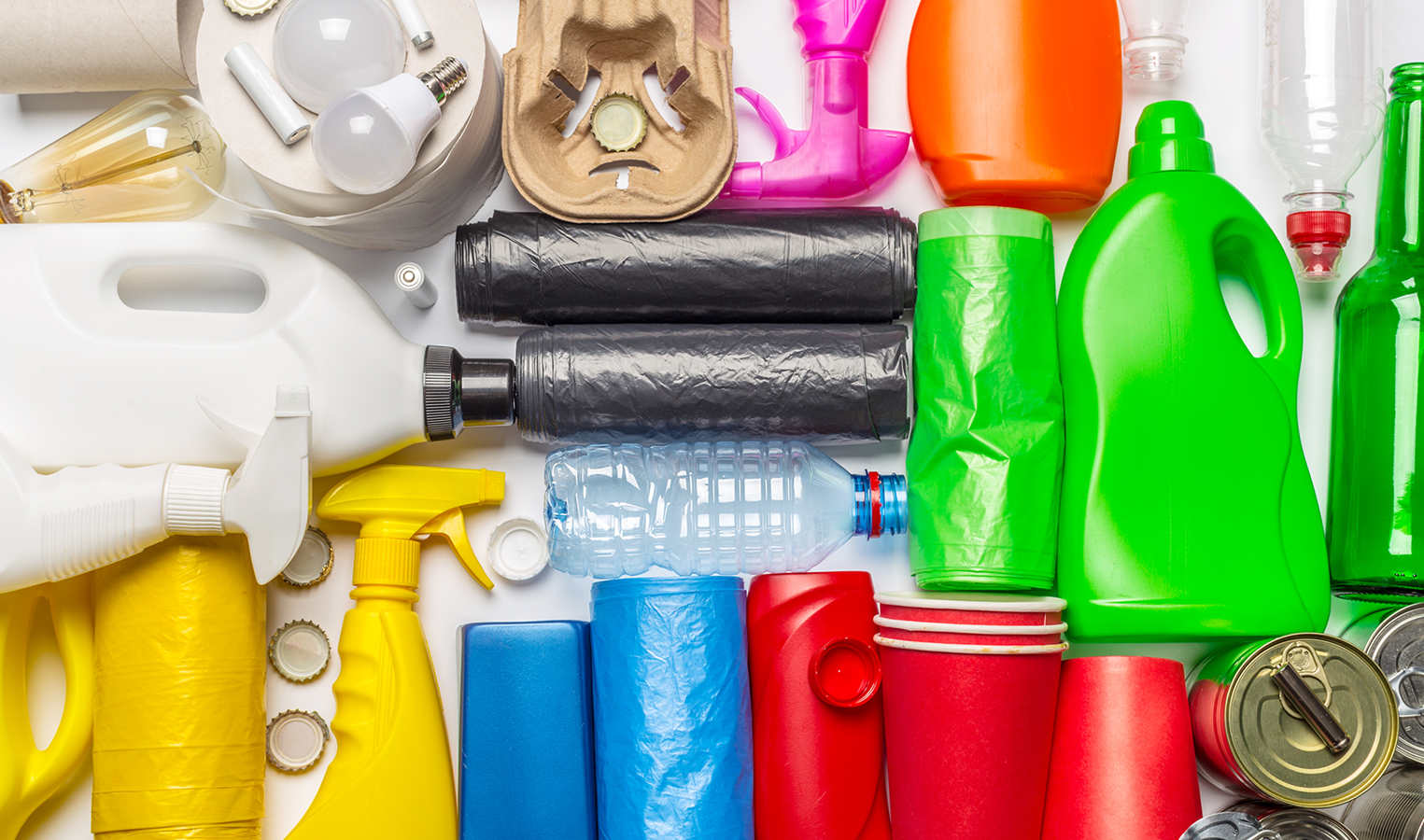
The Role of Plastic in the Automotive Industry
Charging Towards Change: Pioneering Plastic Innovations in the Automotive Industry
As the automotive industry pushes towards a more sustainable future, the materials used to build vehicles are evolving. In this journey, plastics play a complementary role alongside other lightweight materials like aluminium, working together to make vehicles lighter, safer, and more efficient. Plastics aren't the only factor in weight reduction, but their versatility allows for smooth integration with other materials, contributing to lighter designs and boosting overall vehicle performance.
Initially, plastics were limited to interior finishes, but today, they are used in exterior parts like doors, wings, bonnets, and bumpers. Plastics such as polypropylene, commonly found in plastic bottles, are now essential in automotive design. As a thermoplastic polymer, polypropylene can be easily shaped, offering manufacturers greater versatility and adaptability in the design process.
At the core of automotive excellence lies remarkable engineering, and racing is its ultimate celebration. While speed and strategy define the sport, efficiency is the key to success—every fraction of weight, every drop of fuel, and every streamlined decision makes a difference. Lighter vehicles, optimised with a mix of materials, are faster, more efficient, and less harmful to the environment.
Leading the charge in this race to efficiency is Omani racing legend and sustainability advocate Ahmad Al Harthy. In his words, "Every gram of weight and every drop of fuel counts. The combination of plastic and other materials has revolutionised racing." [2]
Foam fillers made of plastic are used to strengthen hollow structures like sills and pillars, improving safety during rollovers. While rare, these accidents account for a significant number of fatalities, highlighting plastic’s critical role in vehicle safety.
With lightweighting being essential in electric vehicles, plastics and other materials can contribute significantly. Lighter EVs travel farther on a single charge, improving energy efficiency and performance. In addition, plastic components help create smaller, more efficient batteries, reducing manufacturing costs and resource consumption, contributing to greener vehicles that support global decarbonisation goals.
By reusing and recycling materials, the automotive industry is reducing waste and working towards its sustainability goals. This focus on recycled content supports the industry’s broader objective of creating vehicles that are more sustainable throughout their lifecycle.
The race isn’t just about crossing the finish line first; it’s about ensuring we all move towards a future that’s more sustainable, efficient, and innovative.
At OQ, we believe in the power of thoughtful, conscientious consumption. The materials we use today shape the world of tomorrow, and plastic plays a vital role in that journey. By using it responsibly, recycling it effectively, and embracing sustainable innovations, we can help reduce environmental impact while driving progress. Our commitment lies in promoting a more mindful approach to plastics and ensuring we leave a better world behind for future generations.

